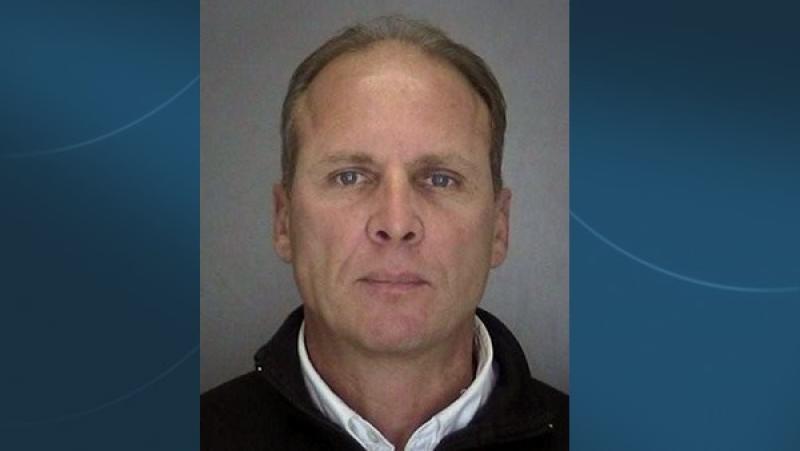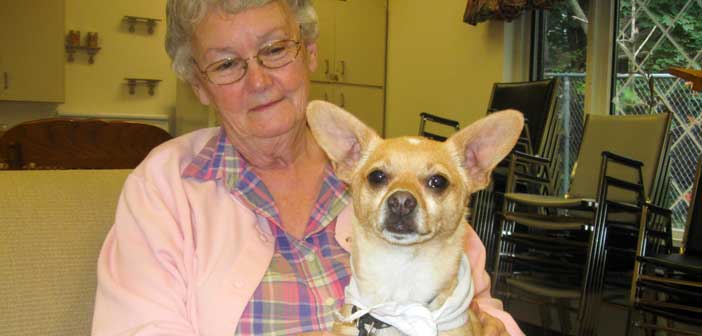The divide between Prime Minister Harper on the one hand and the provincial premieres on the other concerning a proposed formal, national enquiry into the steadily growing rate of missing and murdered Aboriginal women in Canada was brought into sharp focus Saturday at a vigil at Birch Island in memory of a murdered sister.
The missing woman was Sonya Nadine Mae Cywink and it is 20 years since her family last saw her alive.
The sensitive and moving memories of the murdered Sonya Cywink those attending the Birch Island vigil witnessed were clearly focused on the unique individual who was Ms. Cywink, dead at just 31 on August 30, 1994 but it is easy to imagine the friends and families of the other 1,180 women of native ancestry who died violently or simply disappeared during this same 20-year period as they too respond to the holes left in their families in precisely the same way as did the Cywink family and other vigil-keepers last Saturday at Birch Island.
The calls for a national enquiry into the phenomenon that statistically demonstrates First Nations women are five times more likely to die violently than are women in the general population has been gaining momentum of late, with the exception of Prime Minister Harper who apparently considers Ms. Cywink and the other 1,180 women who died in similar circumstances or who went missing as just so many deaths that should continue to be considered on a one by one basis by police authorities.
Canada has recently completed a fairly exhaustive truth and reconciliation process to attempt to access the impact the residential school experience had on several generations of First Nations people.
It is clear the undisputed fact of this large number of missing and murdered women, coming from the same segment of the community on which the residential school experience was inflicted for more than a half century are a related phenomena and should be examined in the same spirit that considered the personal impact and cultural effect of successive generations spending their formative years away from family and cultural traditions.
Sonya Cywink and all of the others aren’t merely just so many individual cases, as Prime Minister Harper seems to suggest.
They are related links in a continuum of pain and grief that stretches across this country from the Atlantic to the Pacific, from the Arctic Circle to the Great Lakes.
Why are Native women so uniquely vulnerable in this way? Why are more and more links added to this continuum each year?
And, most importantly, what can be done to intervene?
That is what a formal enquiry would seek to determine.




